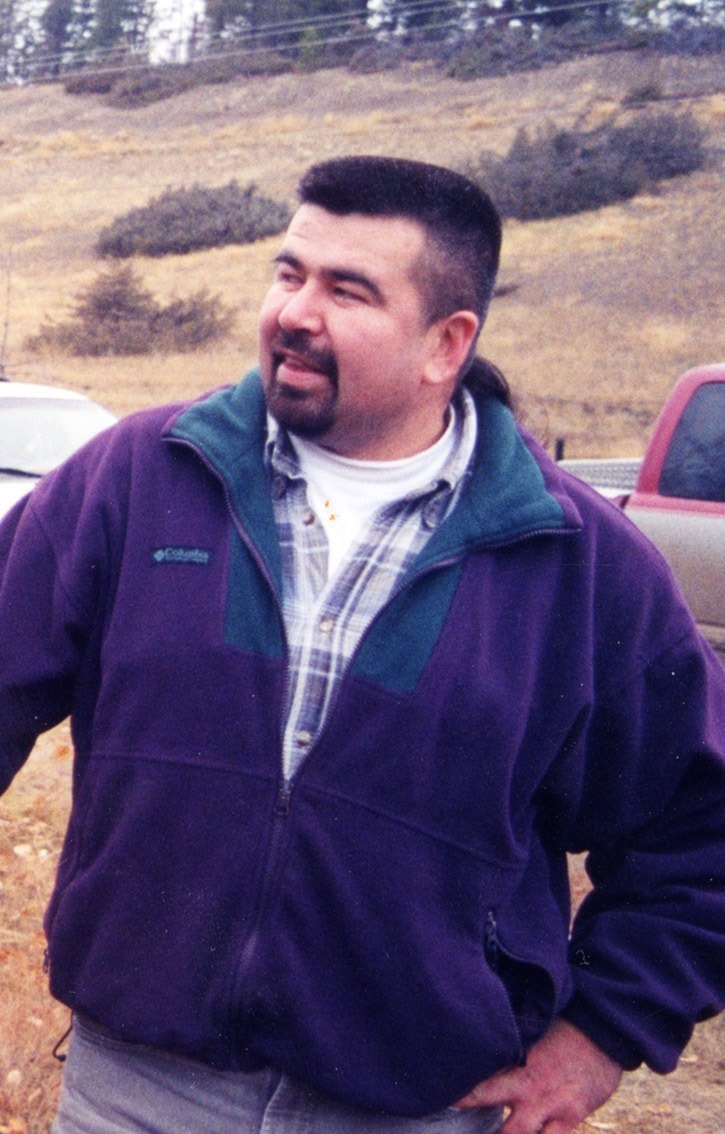The Tsilhqot’in National Government has asked for government, industry and public feedback on a draft mining policy it hopes will lead to more positive relationships with companies.
“Even though we will continue discussing this into September, from our perspective any companies that want to move forward with projects in our territory should be adhering to the policy already,” said Chief Joe Alphonse, TNG tribal chair, adding most companies are.
The 19-page-policy — in English and the Tsilhqot’in language — is succinct.
It outlines the TNG’s hope to minimize negative impacts, maximize benefits to Tsilhqot’in communities, build relationships with mining and exploration companies and clarify decision making responsibilities and priorities.
Impetus for the policy began back in 2010 when the TNG were going through environmental process for the proposed New Prosperity Mine, Alphonse recalled.
“We’d get to it and had limited resources and were finally able to get it to this stage,” he explained “We are not against mining if companies build a respectful relationship right from the start, and demonstrate that they can satisfy our cultural and environmental concerns.”
The Tsilhqot’in Nation recognizes the need to clarify how industry should be engaging with them as another level of government.
“While this policy opens our doors to more respectful relationships with industry, we also expect respect from industry for our sacred places like Teztan Biny.
The mining industry and the provincial government should have recognized long ago that the proposed Prosperity mine was a highly sensitive cultural and environmental area. This recognition would have saved everyone decades of grief and wasted investments in money and time from shareholders and community stakeholders.”
Alphonse said there are dozens of mineral exploration projects in our territory and this policy will clarify for those proponents, government officials, and anyone else thinking of staking claims, that Tsilhqot’in laws remain in force in their territory, as they have since time immemorial.
Six communities make up the TNG and include ?Esdilagh, Yunesit’in, Tl’esqox, Tl’etinqox-t’in, Tsi Del Del and Xeni Gwet’in.
Each community will draw up its own agreements with companies and the community closest to any development would benefit the most, while the entire nation has input in the process, Alphonse explained.
“One community would not be able to push the envelope without the support of the entire nation,” he said.
“We deal with things as a the Tsilhqot’in Nation and that’s always been the strength and why we won our title case.”
The draft mining policy can be downloaded at http://www.tsilhqotin.ca/PDFs/MiningPolicyDistribution.pdf, and a mining policy map that reflects the Tsilhqot’in Stewardship Agreement (TSA) boundaries can be downloaded at http://www.tsilhqotin.ca/PDFs/MiningPolicyMap.pdf.
